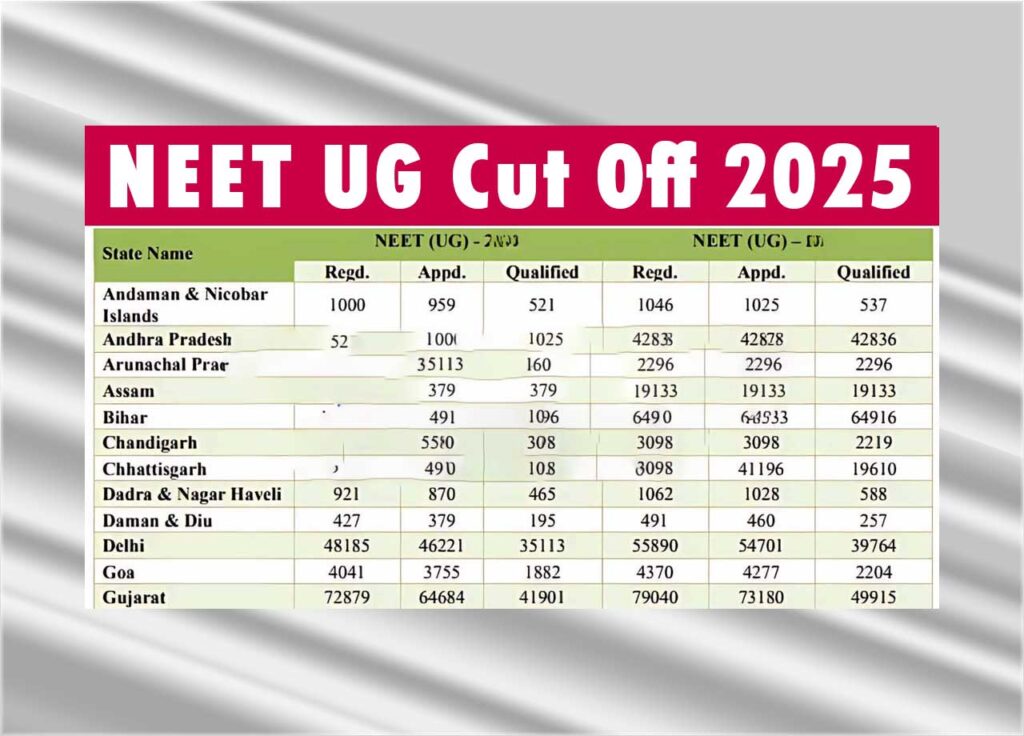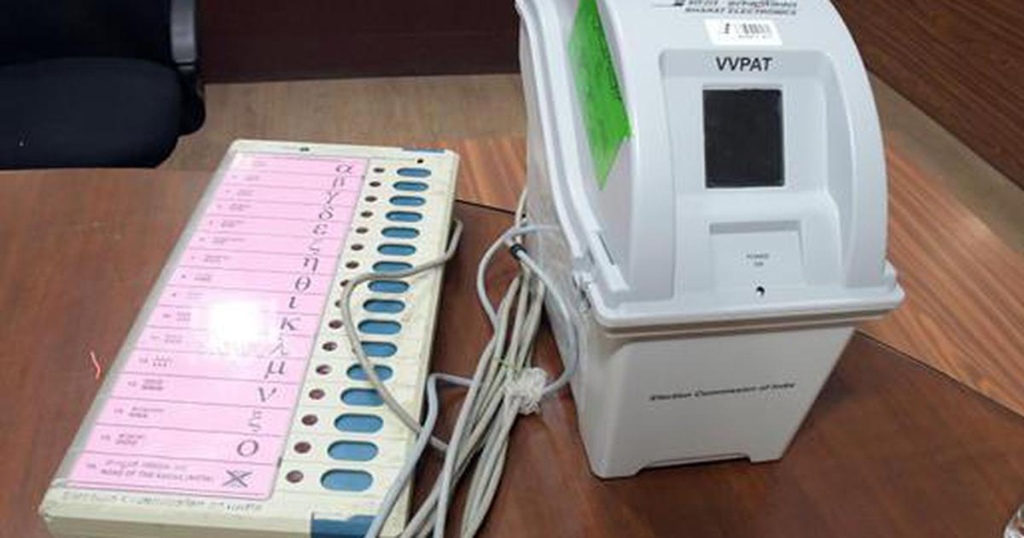NEET 2025 Government MBBS Cutoff Overview
Explore marks, ranks, and state-wise chances for top government MBBS colleges.

NEET Qualifying Marks vs Admission Cutoffs
Students must understand the difference between qualifying marks and actual MBBS admission cutoffs clearly. NEET 2025 qualifying scores only determine eligibility for counseling, not guarantee a government college seat. Therefore, aspirants should target significantly above the minimum eligibility to compete effectively. Additionally, counseling seats fill rapidly based on rank and score in each category. Consequently, many qualified students still fail to secure government seat due to high competition. Moreover, cutoffs differ significantly across states and counselling quotas depending on category and demand. Since reserved categories receive relaxation in cutoffs, their benchmark is comparatively lower. Ultimately, aspirants must focus on competitive marks rather than just clearing the threshold.
All India Quota Cutoffs for General and Reserved Categories
General category candidates under AIQ must aim for a high score between six hundred and eighty marks. Meanwhile, EWS candidates face a similar benchmark around six hundred to sixty-five marks. OBC aspirants often secure seats with five hundred ninety to six hundred ten marks. SC candidates usually require a score range between five hundred and forty to five hundred fifty marks. In contrast, ST aspirants may get a seat with around four hundred eighty to five hundred marks. Moreover, top colleges under AIQ demand marks exceeding six hundred twenty consistently. Therefore, scoring above the safe range significantly improves chances in premier government institutes.
State Quota Variations Across Different Regions
Each state manages its NEET counseling and determines internal cutoff thresholds independently. States like Karnataka and Maharashtra offer cutoffs slightly lower than AIQ, around six hundred to six hundred twenty marks. Conversely, highly competitive states such as Delhi, Kerala, and Tamil Nadu often record cutoffs exceeding six hundred fifty marks. Additionally, states with lower participation rates, like northeast states, may accept marks as low as five hundred twenty. Furthermore, reservation policies further adjust cutoffs according to category and home-state eligibility. Consequently, aspirants from high-demand states should prepare for higher benchmarks. Also, students from less competitive regions may benefit from home quota reservations effectively. Therefore, understanding state-specific dynamics helps optimize counseling strategies and seat allocation.

Institution-Specific Cutoffs in Government Medical Colleges
Premier institutions like AIIMS Delhi regularly require marks beyond seven hundred five for General category candidates. Likewise, top-tier colleges such as MAMC, Lady Hardinge, and KGMU demand marks above six hundred eighty. Meanwhile, state capitals’ medical colleges often set cutoffs between six hundred and sixty to six hundred eighty. Mid-tier government colleges may accept scores around five hundred eighty to six hundred ten marks. Additionally, Hyderabad’s Osmania and Jaipur’s SMS record similar ranges depending on category. For reserved categories, institutional cutoffs reduce by thirty to seventy marks across most colleges. Therefore, category and college preference directly shape admission viability and strategy planning.
NEET Rank Needed for Government College Entry
Rank estimation offers another way to gauge admission chances across AIQ and state quotas accurately. A candidate with six hundred twenty marks may achieve rank below fifty thousand in the AIQ list. Meanwhile, scoring around five hundred ninety might place the candidate near one lakh on the national ranking chart. Furthermore, state rank differs sharply depending on relative performance and competition within each region. Candidates with rankings below twenty thousand in high-demand states stand better chances of securing government college seats. On the other hand, less competitive states may let ranks as low as forty thousand still qualify. Since rank and score together determine allotment, aspirants must focus holistically on both metrics. Hence, balancing effort across all subjects helps maintain competitive ranks nationally and regionally.
Tips for NEET 2025 Counseling and Seat Strategy
Aspirants should register promptly for both MCC (15% AIQ) and respective state counseling portals to maximize options. They must verify documents early to avoid disqualification due to incomplete documentation during counseling. Additionally, research and list preferred government colleges category-wise before counseling choices. Meanwhile, aspirants should simulate seat allotment rounds using cutoff tools and previous year data. Since category remains critical, candidates should cross-check reservation rules and state domicile requirements. Furthermore, aspirants should prepare fallback strategies, including private colleges if government seats remain out of reach. Above all, maintaining consistent performance and adaptability during counseling improves confidence and seat allocation outcomes.




